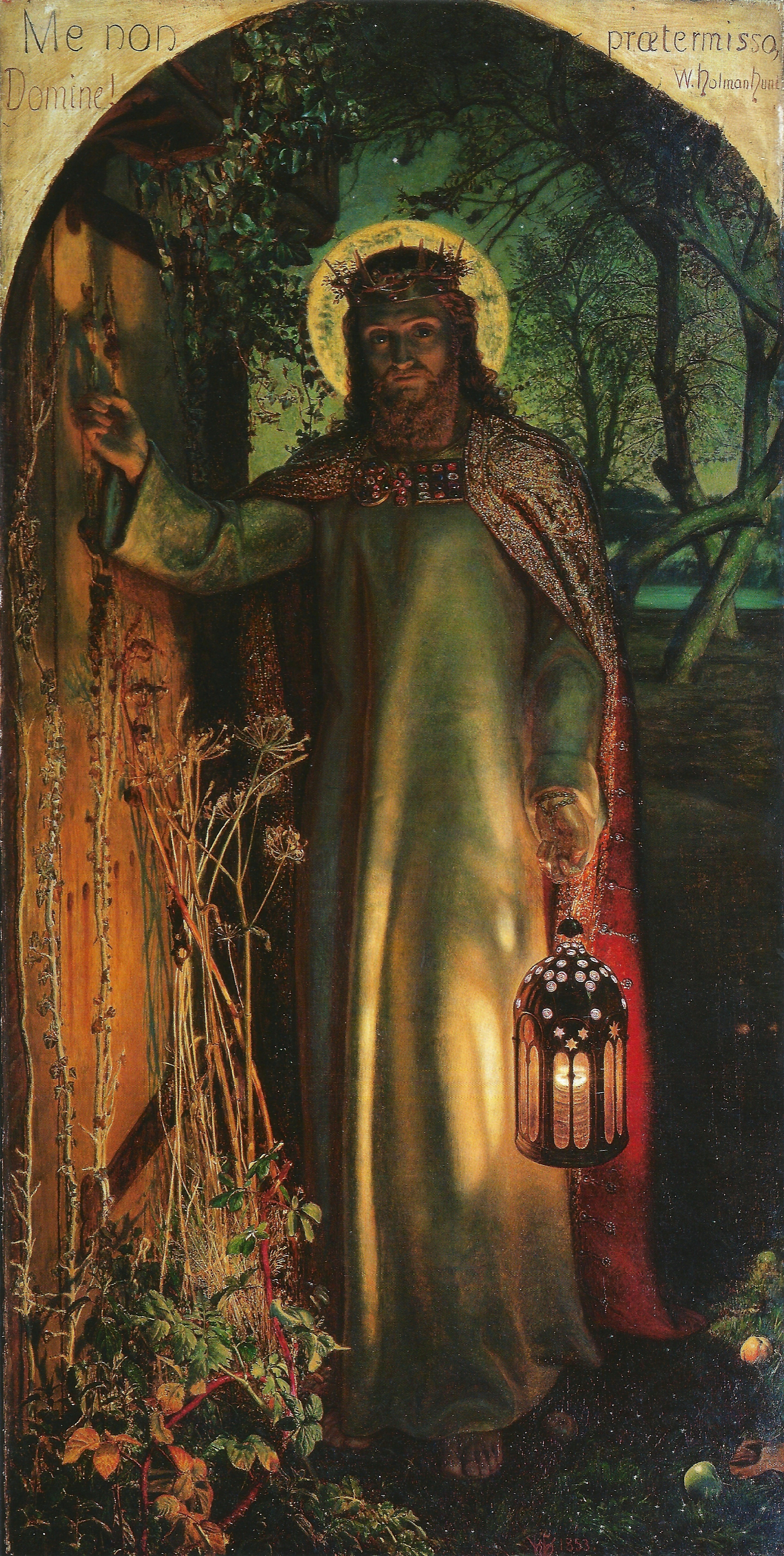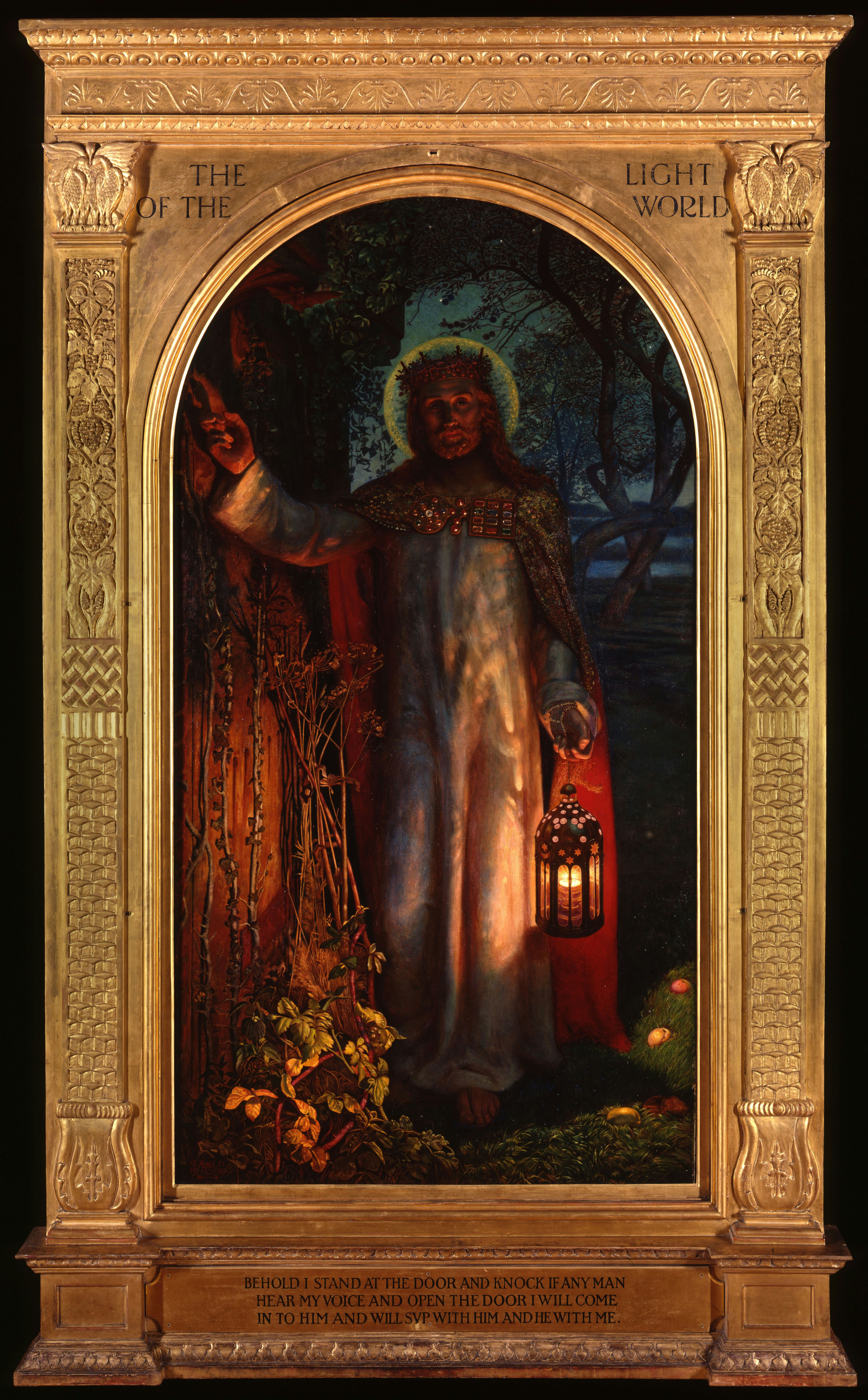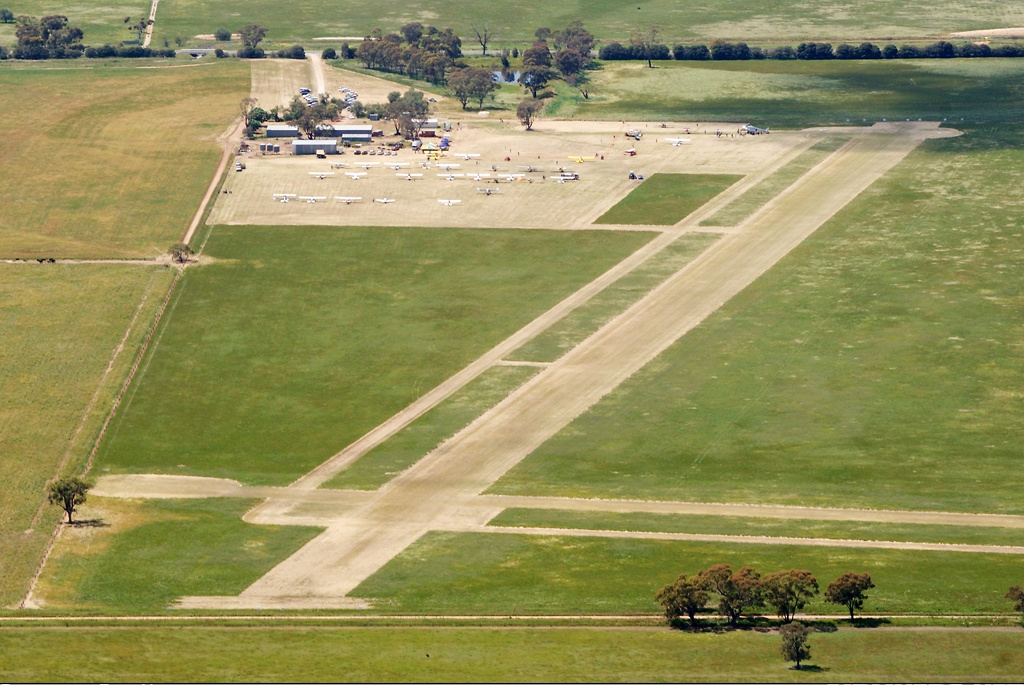|
William Frater
William Frater (1890–1974) was a Scottish-born Australian stained-glass designer and modernist painter who challenged conservative tastes in Australian art. Early life and education Scotland William Frater was born on 31 January 1890 at Ochiltree Castle, near Linlithgow in West Lothian in Scotland. His father was forester William Frater (1863–1893) and mother Sarah Boyd (née Manson) a farm servant (1857–1900). After his father died from typhoid, and his mother from gastroenteritis, Frater and his three siblings were brought up by his paternal grandmother Ann and uncle Andrew who lived in neighbouring houses at West Ochiltree Farm. Frater gained his Merit Certificate at Bridgend School, Auldhill Road, West Lothian in 1903, and attended Kingscavil Public School in 1904, then studied art at the Linlithgow Academy in 1905 before taking up a three-year apprenticeship in 1905 in the Oscar Paterson glass studio in Glasgow. Australia Frater won the Glasgow School of ... [...More Info...] [...Related Items...] OR: [Wikipedia] [Google] [Baidu] |
Linlithgow
Linlithgow ( ; ; ) is a town in West Lothian, Scotland. It was historically West Lothian's county town, reflected in the county's historical name of Linlithgowshire. An ancient town, it lies in the Central Belt on a historic route between Edinburgh and Falkirk beside Linlithgow Loch. The town is situated approximately 20 miles (32 km) west of Edinburgh. During the medieval period, the town grew in prominence as a royal burgh and residence around Linlithgow Palace. In later centuries, Linlithgow became a centre of industry in leather making and other materials, before developing rapidly in the Victorian era with the opening of the Union Canal in the 1820s and the arrival of the railway in 1842. Linlithgow was the former county town of the county but the Council now resides in nearby Livingston. Today Linlithgow has less industry and the economy of the town centre is focused on hospitality, heritage and tourism services. Linlithgow's patron saint is Saint Michael and its ... [...More Info...] [...Related Items...] OR: [Wikipedia] [Google] [Baidu] |
Maurice Greiffenhagen
Maurice Greiffenhagen (15 December 1862 – 26 December 1931Tate Collection biography Tate Online, retrieved 27 Oct 2011) was a British painter and Royal Academician. He illustrated books and designed posters as well as painting idyllic landscapes.  He was born in London. Exhibiting at the Royal Academy of Arts from 1884, he was made an Associate Member in 1916 and a Royal Academician in 1922. From 1906 until 1926, he taught at the Glasgow School of Art. Greiffenhagen exhibited at the first e ...
He was born in London. Exhibiting at the Royal Academy of Arts from 1884, he was made an Associate Member in 1916 and a Royal Academician in 1922. From 1906 until 1926, he taught at the Glasgow School of Art. Greiffenhagen exhibited at the first e ...
[...More Info...] [...Related Items...] OR: [Wikipedia] [Google] [Baidu] |
Arnold Shore
Arnold Joseph Victor Shore (5 May 1897, Windsor, – 22 May 1963, Melbourne) was an Australian painter, teacher and critic. Biography Shore was the youngest of seven children of John Shore, a coachsmith, and his wife Harriett Sarah, née McDonough. He left Prahran West State School at age 12 and with the help of his brother was apprenticed at Brooks, Robinson & Co. Ltd, North Melbourne, designers and makers of stained glass. Soon, when his artistic talent was recognised, he became a designer and worked there for more than twenty years, supporting his widowed mother. There he befriended fellow worker, the artist William Frater. Together they are acknowledged as among the first to experiment with modernism in Melbourne. In 1938 after his mother's death, Shore sold the family home in Windsor and moved to Mount Macedon, and painted in its surrounding landscape. After a long-term relationship with an older woman and mourning her death, he married Agnes Vivien Scott in 1950 and ... [...More Info...] [...Related Items...] OR: [Wikipedia] [Google] [Baidu] |
Alan Sumner
Alan Robert Melbourne Sumner (10 November 1911 – 20 October 1994) was an Australian artist; a painter, printmaker, teacher, stained glass designer and WW2 Royal Australian Air Force veteran. Education Alan Sumner studied at Melbourne's National Gallery Art School in 1933, at Melbourne Technical College, and from 1933 to 1939 at the George Bell School, then 1950–52 at the Académie de la Grande Chaumière, Paris and the Courtauld Institute, London. Career Sumner was apprenticed as a stained-glass designer for the firm of Brooks Robinson, Melbourne then for fifteen years at E.L. Yencken and Co where he was mentored by fellow artist William Frater, becoming head designer. He painted in a post-impressionist style influenced by George Bell, which he applied in his work as a stained glass artist; he was commissioned for around 100 stained glass works, most important of which are the windows for the Services Memorial Chapel, Scots Church, Melbourne, and the memorial window ... [...More Info...] [...Related Items...] OR: [Wikipedia] [Google] [Baidu] |
The Light Of The World (Hunt)
''The Light of the World'' (1851–1854) is an allegorical painting by the English Pre-Raphaelite artist William Holman Hunt (1827–1910) representing the figure of Jesus preparing to knock on an overgrown and long-unopened door, illustrating Revelation 3:20: "Behold, I stand at the door and knock; if any man hear My voice, and open the door, I will come in to him, and will sup with him, and he with Me". According to Hunt: "I painted the picture with what I thought, unworthy though I was, to be divine command, and not simply a good subject." The door in the painting has no handle, and can therefore be opened only from the inside, representing "the obstinately shut mind". The painting was considered by many to be the most important and culturally influential rendering of Christ of its time. Composition Many speculated about the identity of the model. In January 1898, Edward Clodd sent Hunt a copy of a newspaper article on the subject, asking for Hunt's verification. Hunt had ea ... [...More Info...] [...Related Items...] OR: [Wikipedia] [Google] [Baidu] |
Light Of The World
"Light of the World" ( ''Phṓs tou kósmou'') is a phrase used by Jesus to describe himself and his disciples in the New Testament.''Names and Titles of the Lord Jesus Christ'' by Charles Spear 2003 page 226 The phrase is recorded in the Gospels of Matthew ( 5:14–16) and John (8:12). It is closely related to the parables of salt and light and lamp under a bushel, which also appear in Jesus' Sermon on the Mount. Gospel accounts Referring to himself In Jesus applies the title to himself while debating with the Jews and states: Jesus again claims to be the Light of the World in , during the miracle of healing the blind at birth, saying: ''New Testament christology'' by Frank J. Matera 1999 page 235 :When I am in the world, I am the Light of the World. This episode leads into where Jesus metaphorically explains that he came to this world, so that the blind may see. In the Christological context, the use of the title Light of the World is similar to the Bread of L ... [...More Info...] [...Related Items...] OR: [Wikipedia] [Google] [Baidu] |
Mansfield, Victoria
Mansfield is a town in the foothills of the Victorian Alps in the Australian state of Victoria. It is approximately north-east of Melbourne by road. The population of Mansfield was at the 2021 census. Mansfield is the seat of the Mansfield local government area. Mansfield was formerly heavily dependent on farming and logging but is now a tourist centre. It is the support town for the large Australia ski resort Mount Buller. It is associated with the high-country tradition of alpine grazing, celebrated in the film made around Mansfield, near the now famous Craigs Hut, called '' The Man from Snowy River'' (based on a poem by Banjo Paterson). History The traditional owners of the Mansfield region are the Yowengillum clan of the Taungurung people. They also inhabited Alexandra and the Upper Goulburn River. British colonisers began to enter the region in 1839 when Andrew Ewing (sometimes referred to as Andrew Ewan), a stockman representing the Scottish livestock company ... [...More Info...] [...Related Items...] OR: [Wikipedia] [Google] [Baidu] |
Oakleigh, Victoria
Oakleigh is a suburb in Melbourne, Victoria, Australia 14 km south-east of Melbourne's Central Business District, located within the City of Monash local government area. Oakleigh recorded a population of 8,442 at the 2021 census. Once a large independent city, Oakleigh was absorbed into Melbourne as part of the eastward expansion of the metropolis in the 1950s. As a result, it once had its own large historic Central Business District, its municipality in the former City of Oakleigh and its suburbs. The area is traditionally known to have a strong Greek cultural influence, largely due to the influx of immigrants to Australia in the mid-20th century. Thirteen per cent of those living in the suburb speak only Greek at home. Although the origin of the name of the suburb, "Oakleigh," is unclear, local historians have three main theories – that it was derived from she-oaks that grew near Scotchmans Creek; from "Oakleigh Park" an estate near Malvern Hills in England; or fro ... [...More Info...] [...Related Items...] OR: [Wikipedia] [Google] [Baidu] |
Arts And Crafts Movement
The Arts and Crafts movement was an international trend in the decorative and fine arts that developed earliest and most fully in the British Isles and subsequently spread across the British Empire and to the rest of Europe and America. Initiated in reaction against the perceived impoverishment of the decorative arts and the conditions in which they were produced, the movement flourished in Europe and North America between about 1880 and 1920. Some consider that it is the root of the Modern Style, a British expression of what later came to be called the Art Nouveau movement. Others consider that it is the incarnation of Art Nouveau in England. Others consider Art and Crafts to be in opposition to Art Nouveau. Arts and Crafts indeed criticized Art Nouveau for its use of industrial materials such as iron. In Japan, it emerged in the 1920s as the Mingei movement. It stood for traditional craftsmanship, and often used medieval, romantic, or folk styles of decoration. It advoca ... [...More Info...] [...Related Items...] OR: [Wikipedia] [Google] [Baidu] |
Birregurra
Birregurra, is a town in Colac Otway Shire, Victoria, Australia, approximately south-west of Melbourne. At the 2021 census, it had a population of 942. The name comes from an Aboriginal word thought to mean "kangaroo camp". The town is on Gulidjan Country. History In 1839, Wesleyan missionaries and the Victorian colonial government established the Buntingdale Aboriginal Mission in the area - Victoria's first Aboriginal mission. A post office opened in the area on 1 October 1858 and was renamed Mount Gellibrand in 1894, a few days before another nearby office was opened as Birregurra. Railway The railway through the town opened in 1877, as part of the line to the south-west of the state. A branch line to Forrest, which opened in 1891 and closed in 1957, junctioned with the main line at Birregurra. The local railway station is served by V/Line passenger services on the Warrnambool line. Sport Birregurra has an Australian Rules football team competing in the Colac ... [...More Info...] [...Related Items...] OR: [Wikipedia] [Google] [Baidu] |
Kyabram
Kyabram () is a town in north central Victoria, Australia. Kyabram is located in the centre of a rich irrigation district in the Goulburn River Valley, north of Melbourne. The name of the town is thought to derive from an Aboriginal word Kiambram meaning "thick forest". It is the second-largest town in the Shire of Campaspe, situated between the towns of Echuca and Shepparton and is close to the Murray River, Goulburn River, Campaspe River and Waranga Basin. As of the 2021 census the town had a population of 7,416 people and provides services to a district population of around 16,000. Surrounding smaller towns include Merrigum, Lancaster, Undera, Cooma, Wyuna, Kyvalley, Girgarre, Stanhope and Tongala. History The Pangerang people (also spelled Bangerang) are the original inhabitants of the Goulburn Valley area. Settlement of the township began in the 1870s with the first sale of town blocks held in 1876. Kyabram Post Office opened on 23 September 1878. Sheridan Post O ... [...More Info...] [...Related Items...] OR: [Wikipedia] [Google] [Baidu] |
Wesley Church, Melbourne
Wesley Church is a Uniting Church in the centre of Melbourne, in the State of Victoria, Australia. Wesley Church was originally built as the central church of the Wesleyan movement in Victoria. It is named after John Wesley (1703–1791), the founder of Methodism. Today Wesley Church is the home of two Uniting Church congregations, the English-speaking Wesley Church, and the Chinese-speaking Gospel Hall. In 1902, the Wesleyan Church in Australia combined with four other churches to form the Methodist Church of Australasia. In 1977, the Methodist, Presbyterian and Congregational Churches further combined to form the Uniting Church. History Wesleyans were part of the life of Melbourne from the beginning of European settlement. The first Christian worship service in Melbourne was led by Henry Reed, a businessman and Wesleyan lay preacher from Launceston, Tasmania. The first service by an ordained Christian minister in Melbourne was led by Joseph Orton, Wesleyan Superintendent of ... [...More Info...] [...Related Items...] OR: [Wikipedia] [Google] [Baidu] |






